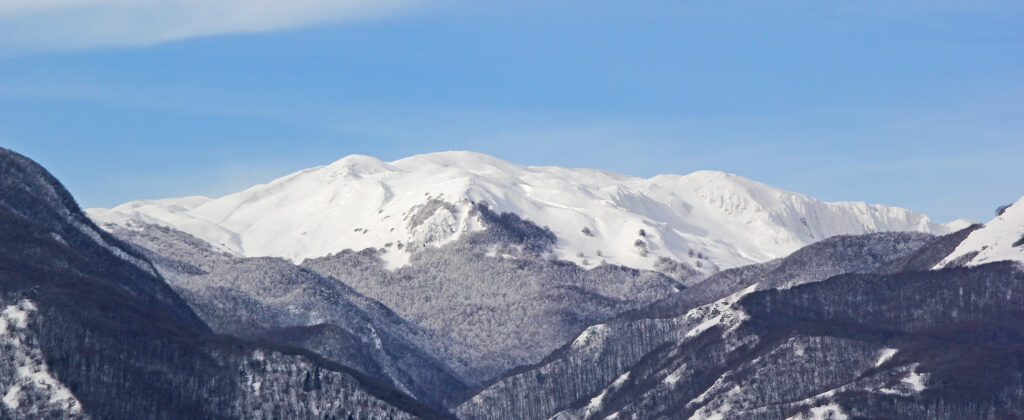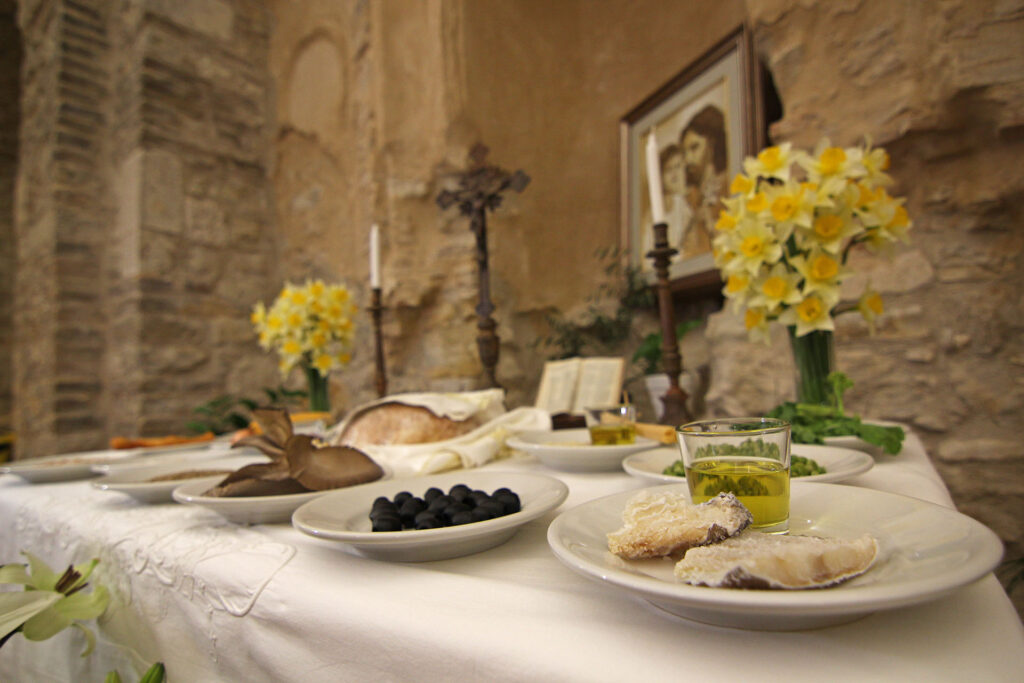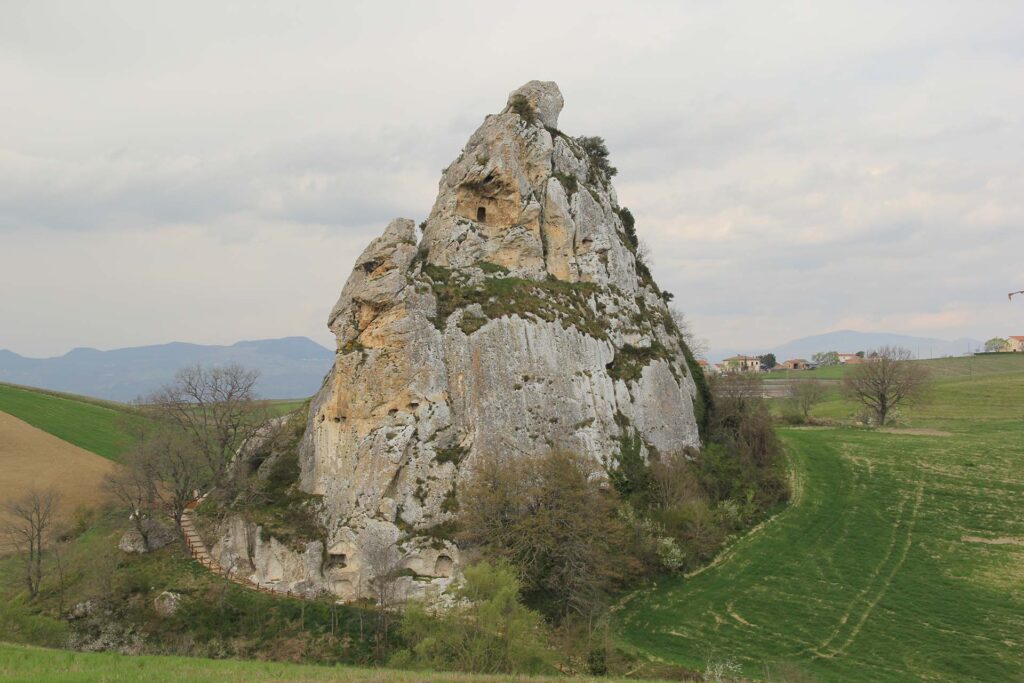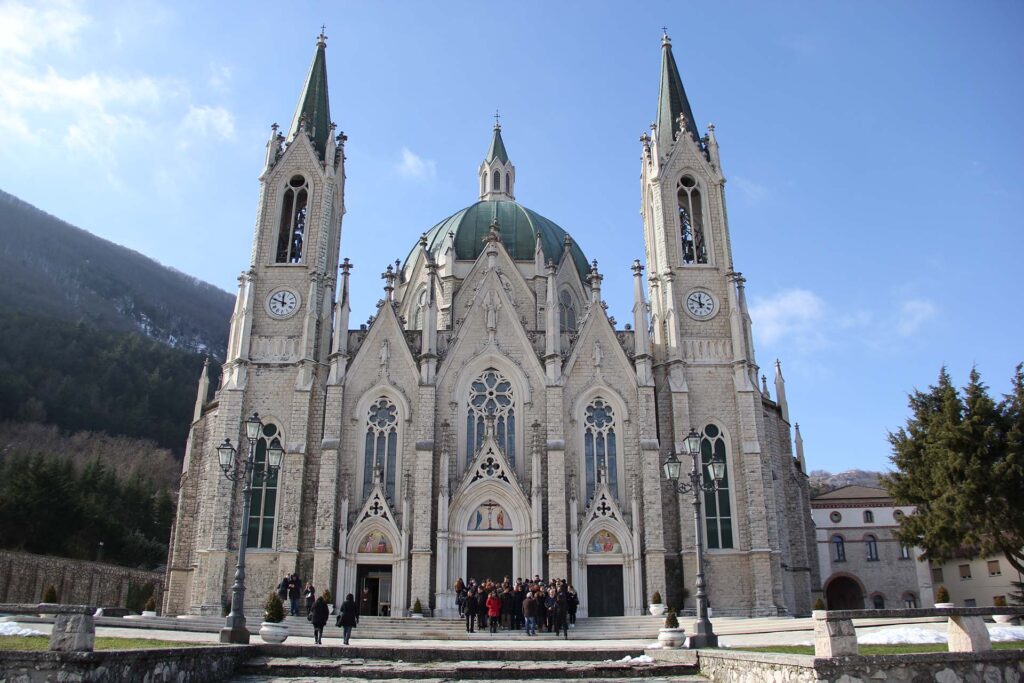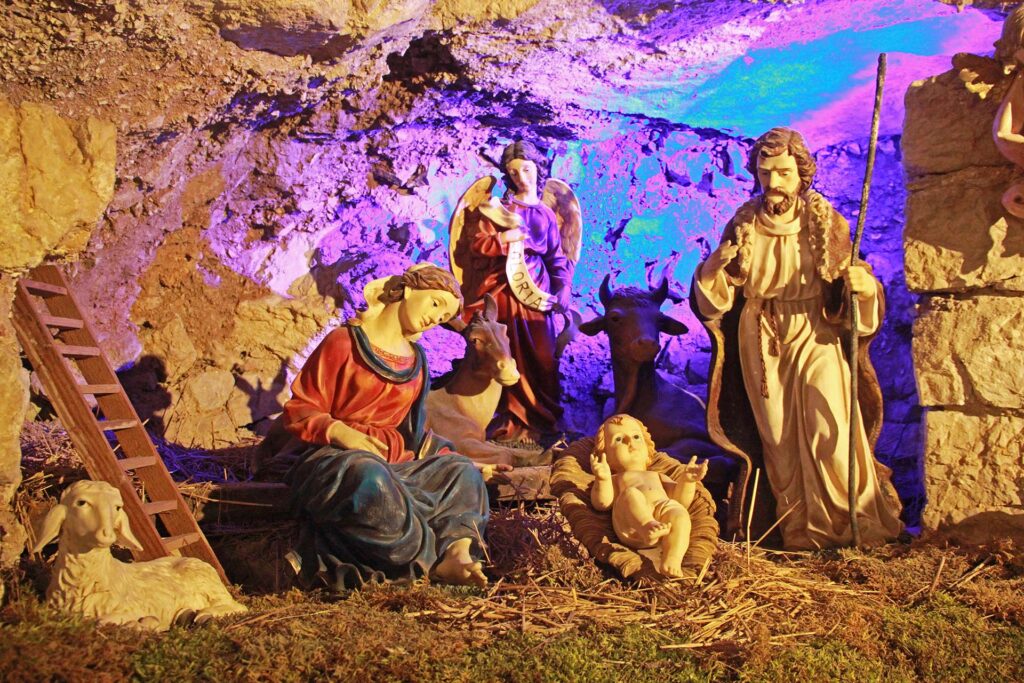The Apennine mountain range that joins the Adriatic and Tyrrhenian seas.
Exactly in the center of the Italian boot, in the narrowest part of the nation, lies the Matese chain of the Apennines.
This, with its position, divides Italy exactly in half longitudinally, creating a clear separation between east and west, between the Adriatic and Tyrrhenian seas.
The history of the Matese starts way back. It was formed, in fact, over a hundred million years ago by emerging from the sea. This is evidenced by the numerous fossil finds that can be found in the rocks, even during a simple walk on one of the many trails there.
Its presence has always been a constant in the history of Molise, especially since the arrival of the Sabines who later gave birth to the Samnite population. These were in the wake of an ox(Ver Sacrum) that stopped to drink in the waters of the Biferno, near Bojano, which originates precisely from the Matese. The mountain, from then on, was considered sacred.
To date, it is a mountain range with a length of about 50 kilometers and an extension of about 1000 square kilometers. The Matese massif, divides and unites Molise and Campania. Walking along its ridges, in fact, it is easy to walk putting one foot in one region and one in another.
From the peaks, primarily the highest, Monte Miletto (2050 m a.s.l.), falling within the territory of Roccamandolfi (IS), one can easily observe the two seas, Adriatic on one side and Tyrrhenian on the other. To the east, the Majella mountain range and up to the Gran Sasso, all of Molise and part of Apulia with Gargano and Tremiti islands in primis. Toward the west, on the other hand, Vesuvius, the Sorrento Peninsula, the islands of Capri, Ischia and Procida show themselves in all their beauty and, on clear days, get to see, further north, as far as the Gulf of Gaeta.
The Matese is thus a mountain that, while it divides, even allowing for two different climates, it also unites two and more regions, with their own seas and beauty, by standing comfortably on top of one of its peaks.
